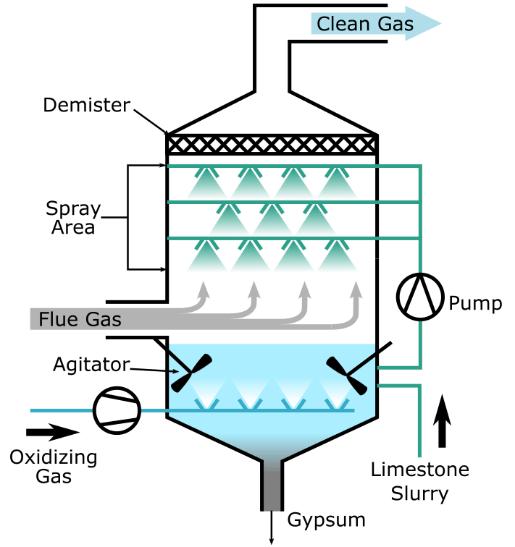
1 minute read
Eco-structure for building emission reduction
Strategy – photosynthesis - Microalgae
Microalgae, also known as microscopic algae, are single-celled or simple multicellular organisms that belong to a diverse group of photosynthetic microorganisms. They are typically found in aquatic environments such as oceans, lakes, and ponds. Microalgae are characterized by their small size, ranging from a few micrometers to a few hundred micrometers in diameter. These organisms are photosynthetic, meaning they can convert sunlight, carbon dioxide, and nutrients into organic compounds through the process of photosynthesis. They contain specialized structures called chloroplasts that contain pigments, such as chlorophyll, which capture light energy for photosynthesis.
Advertisement
Microalgae play a significant ecological role as primary producers in aquatic ecosystems, serving as a vital food source for various organisms in the food chain. They are known for their rapid growth rates and high biomass productivity, making them attractive for various applications.
Due to their unique biochemical composition, microalgae have gained attention for their potential in various industries. They can accumulate high amounts of lipids, proteins, carbohydrates, and other valuable compounds. These properties make them a promising source for biofuels, animal feed supplements, nutritional supplements, wastewater treatment, and even pharmaceuticals. The wide diversity of microalgae species offers a range of characteristics and functionalities. Researchers and industries are exploring the cultivation and utilization of specific microalgae strains with desired properties to harness their potential for sustainable applications.
(Elrayies, 2018)
Prospects for greener future







